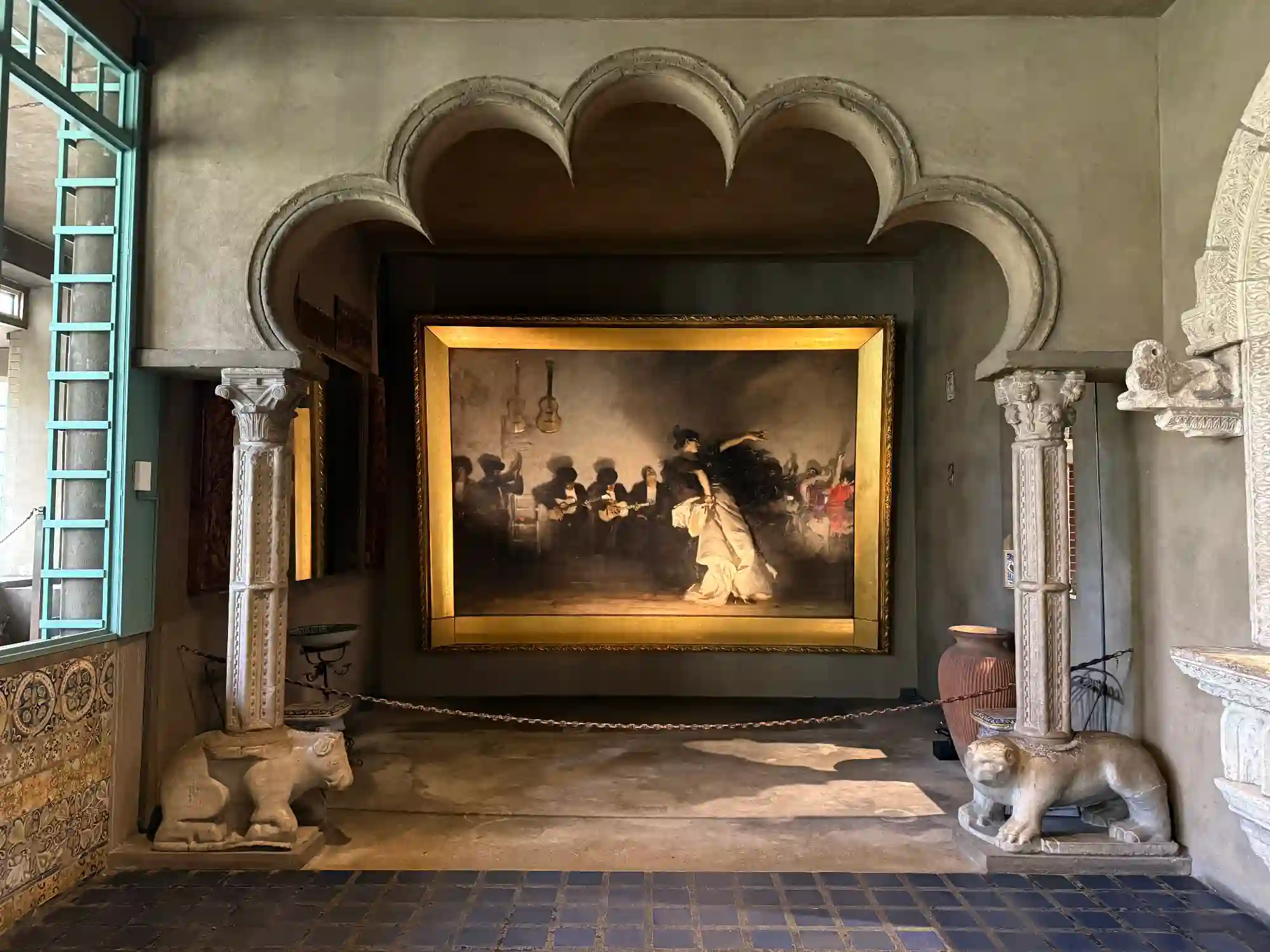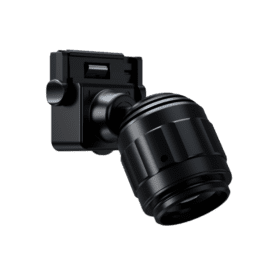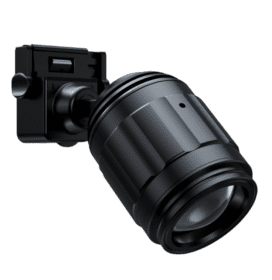Lighting Infrastructure Case Study
Lighting the Gardner:
An Interview with Jason J. Rainone
We spoke with Jason J. Rainone, CLD, IALD, LEED AP, lead designer on the Isabella Stewart Gardner Museum project, about the unique challenges of lighting one of Boston’s most iconic museums.


The Blue Room: before and after photos
Q: The Gardner is known for keeping its collection exactly as Isabella left it. How did that affect your approach to lighting?
Jason:
“One of the cornerstone characteristics of the Isabella Stewart Gardner Museum is that the arrangement and display of the works are required to remain as they were in Gardner’s time. The original lighting in the gallery spaces was limited to natural sources such as candle or gaslight, with electric lighting relegated to offices and waiting rooms. As such any new lighting systems had to have a gentle touch — discreet, flexible in placement, and adjustable in intensity — while still preserving these works of art for generations to come. As Gardner herself once stated, ‘You have no idea how difficult it is to arrange light satisfactorily.’”
Yellow Room
Before

After

MacKnight Room
Before

After

Q: Let’s talk specifics. How did you handle the lower-ceiling spaces, like the Blue, Yellow, and Macknight Rooms?
Jason:
“Lower ceiling height spaces, such as the Blue Room, Yellow Room, and Macknight Room, were re-lit with low-profile, low-voltage LED Track Heads. The integral dimming, zoomable optics, and a range of optical and glare-control accessories allowed for local adjustment of both coverage and intensity, ensuring that conservation light levels were maintained and the objects displayed with a clarity not previously achievable.
On the back end, the local intensity control simplified electrical installation by removing the need for centralized panels or dimmers. All that was required was a concealed location to mount the Low-Voltage Power Supplies and a connection to existing relays.”
El Jaleo
Before

After

Q: El Jaleo is one of the museum’s most dramatic pieces. How did you approach it?
Jason:
“In specialty locations such as the re-lighting of El Jaleo, Floor-Mounted LED Luminaires concealed behind adjacent pottery allowed us to work with the natural lighting angles present in the artwork. This punched up the feeling of theatrical footlights and made the figures glow in a natural way — almost as if they are just on the other side of the frame.
Veronese Room
Before

After

Q: The Veronese Room is architecturally complex. How did you balance preservation with performance?
Jason:
“In more complicated spaces, such as the Veronese Room, with its ornate coffered ceiling and delicate leather wallpaper, we used Mono-Point LED Spotlights with integral dimmers and a custom RAL finish to match the ceiling trim. This allowed us to move away from previously imposing large-format uplight torchieres while still traversing the elevated ceiling height to illuminate both artwork and objects at floor level.
We even concealed Micro LED Accents on top of a stone doorframe to uplight the central ceiling painting, revealing details that had previously been hidden in shadow.”
Lighting Design: Abernathy Lighting Design, a studio of Eos Lightmedia
Photography: Isabella Stewart Gardner Museum




